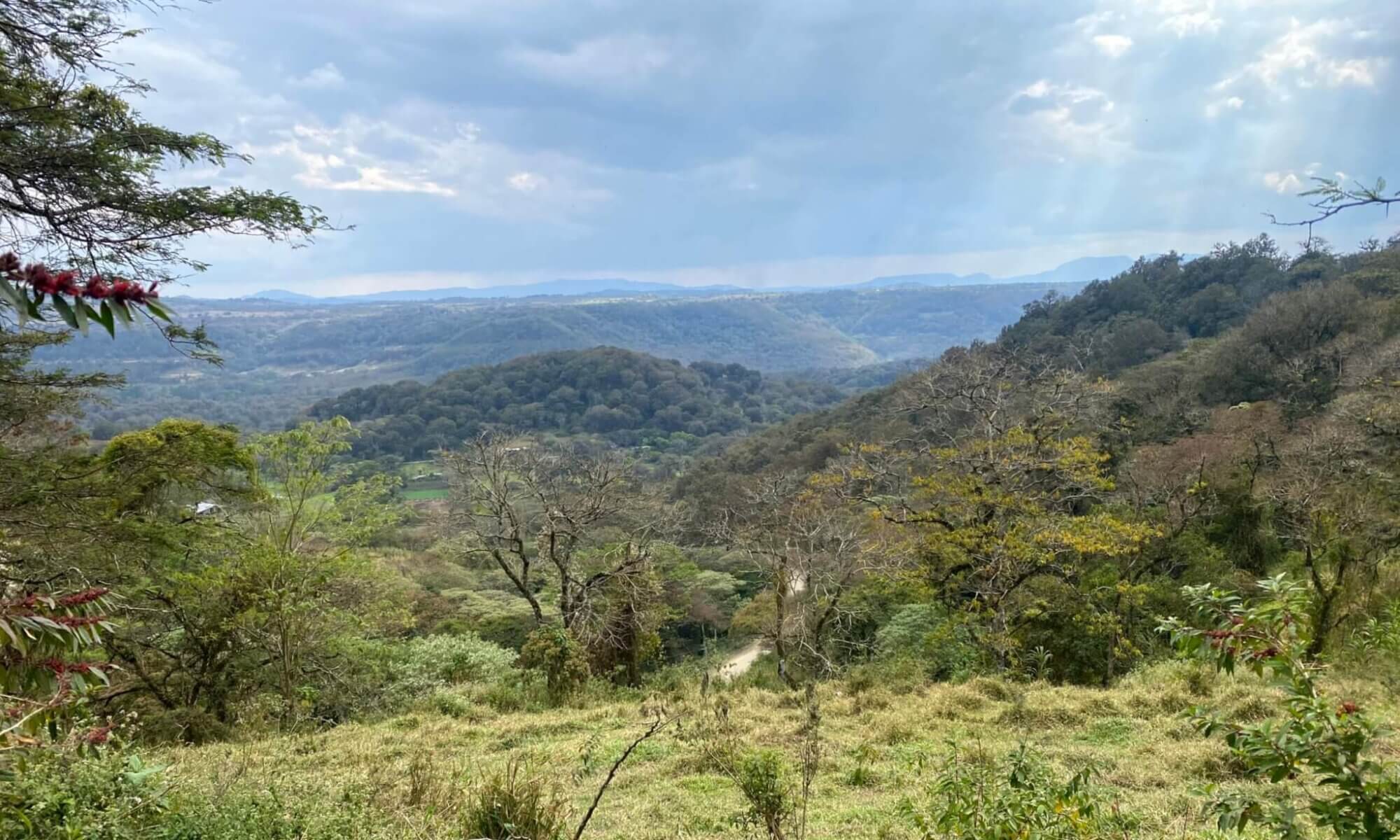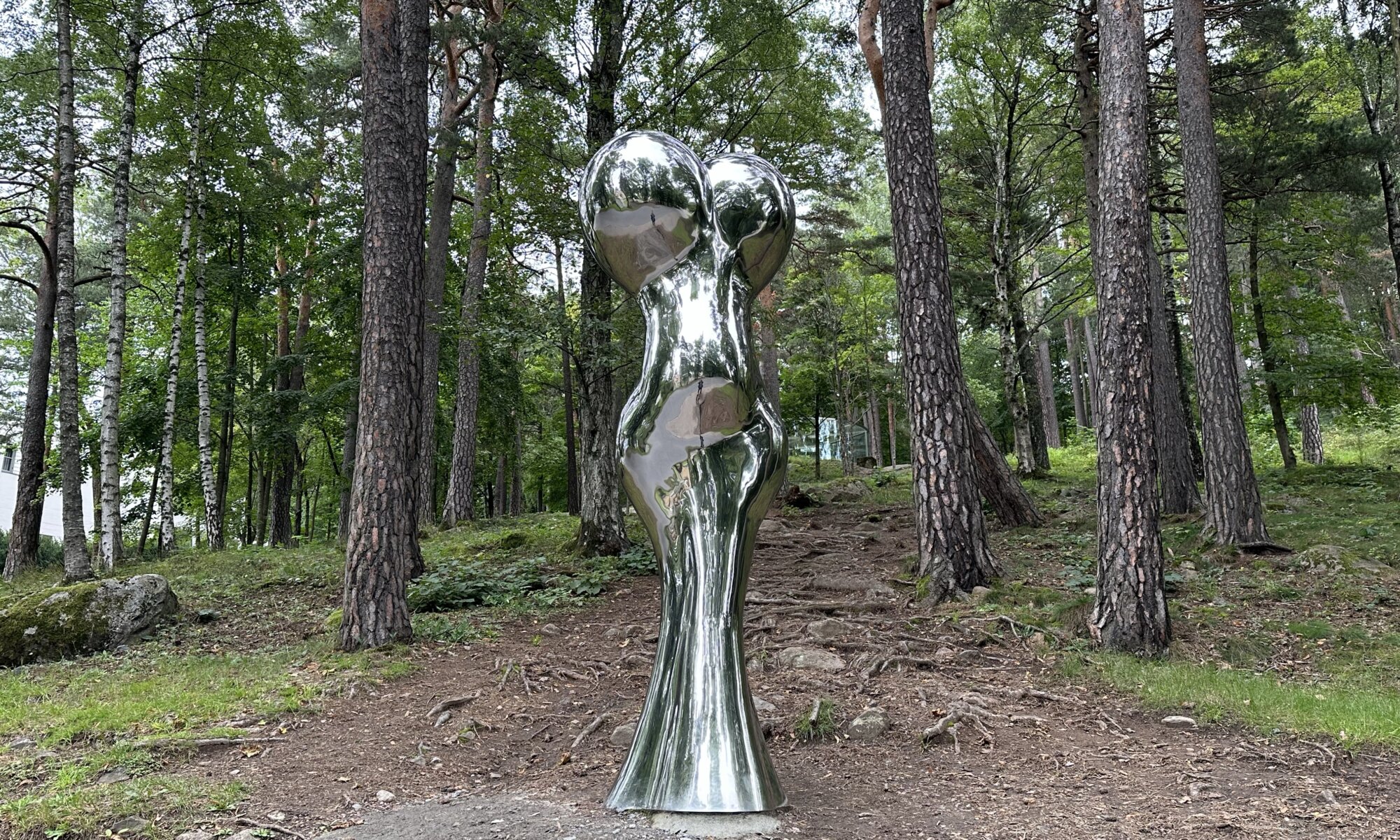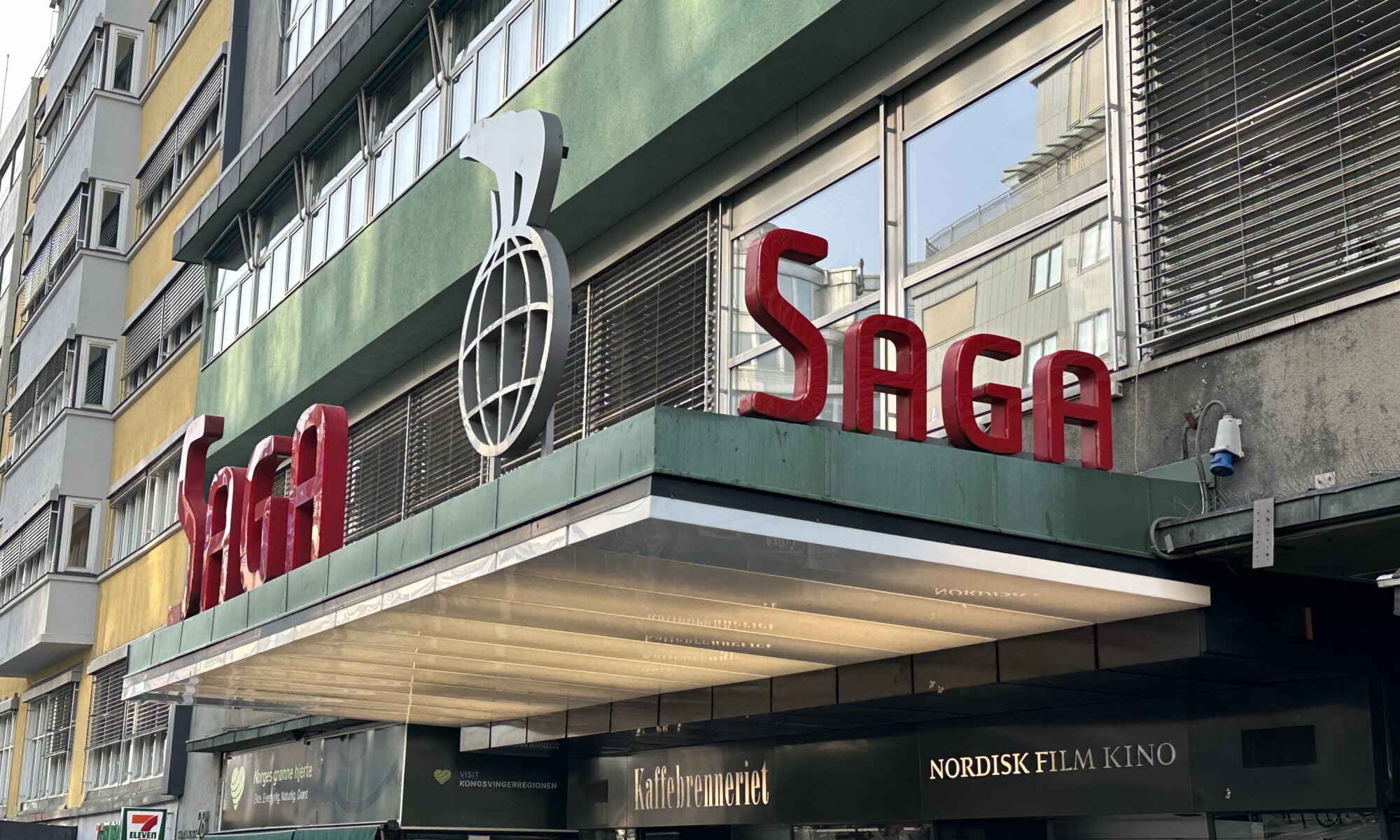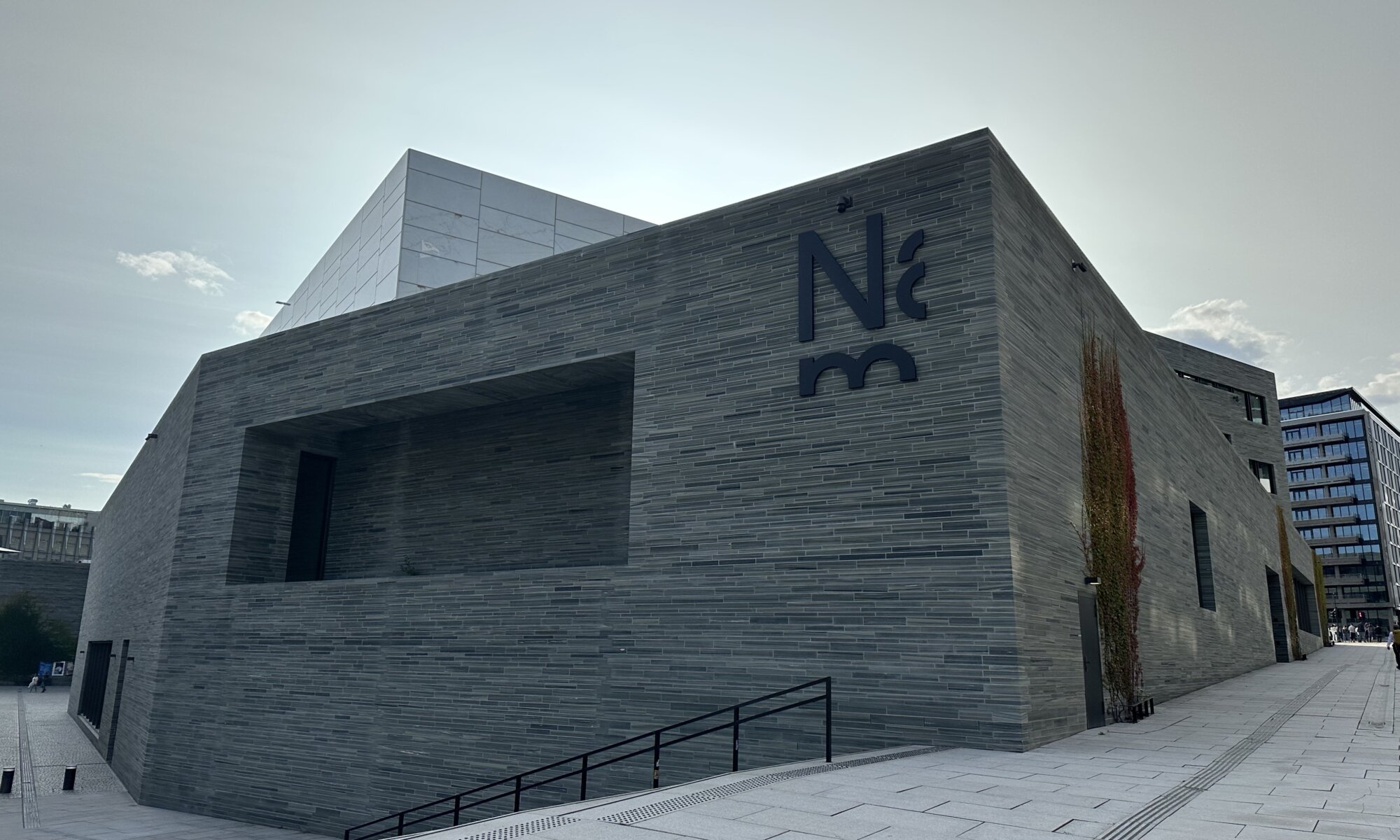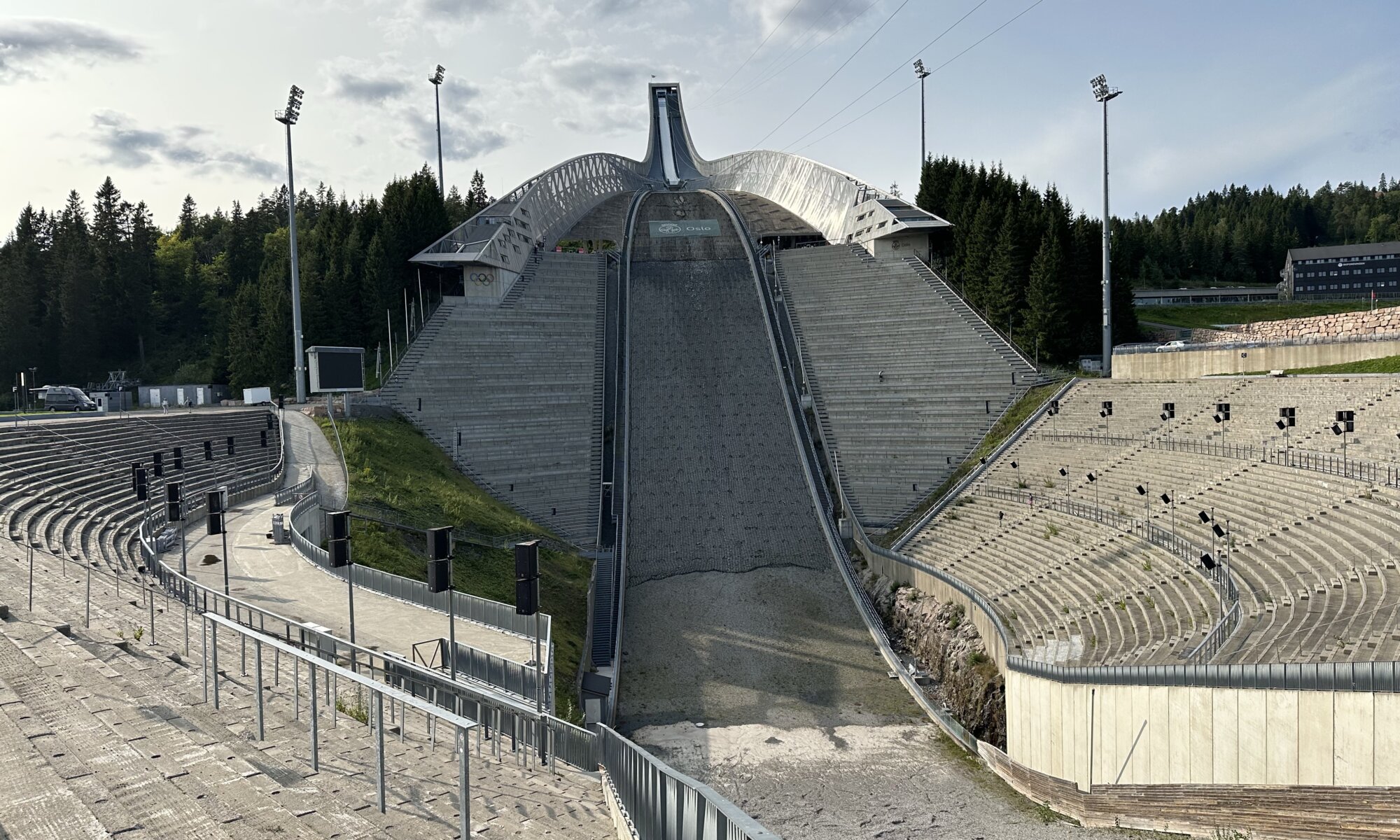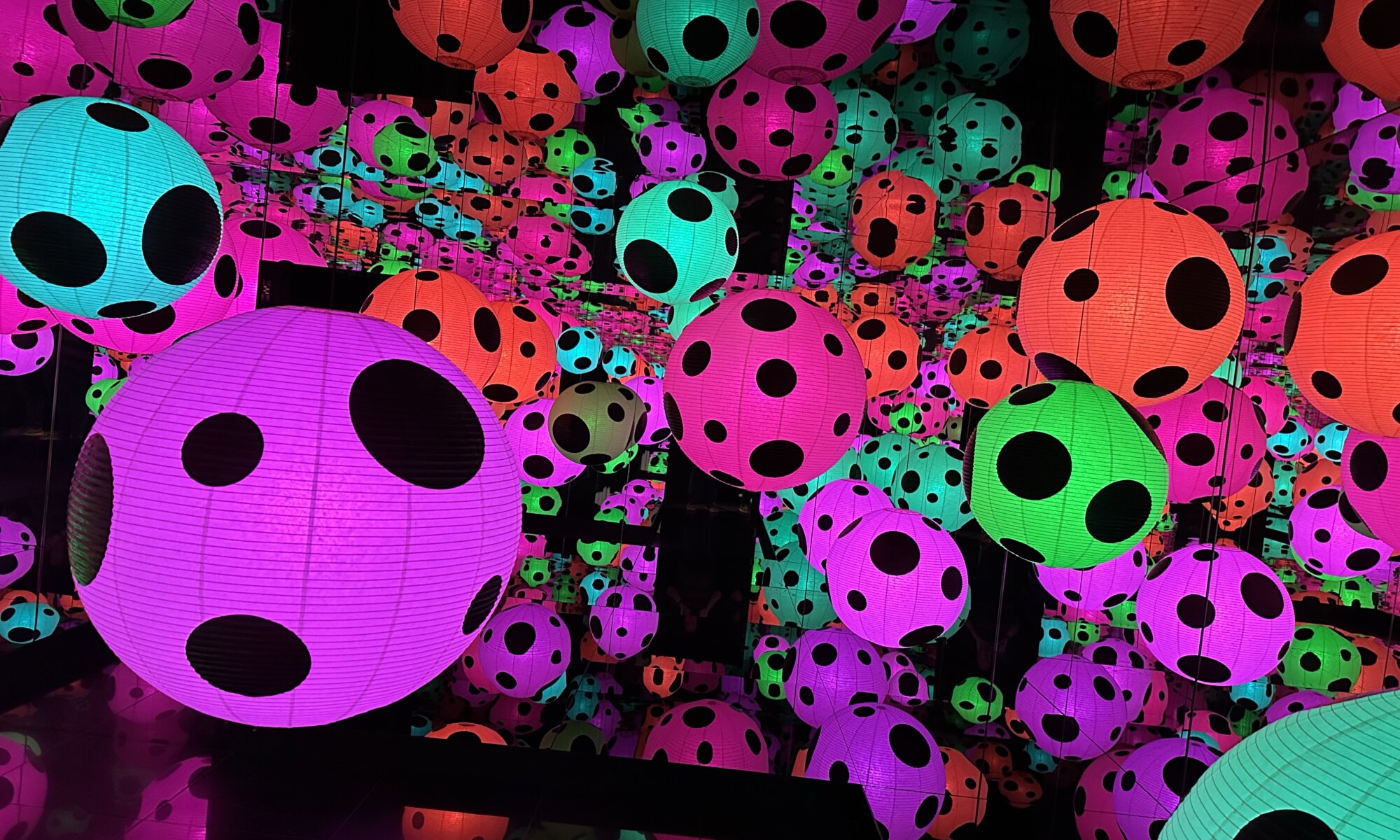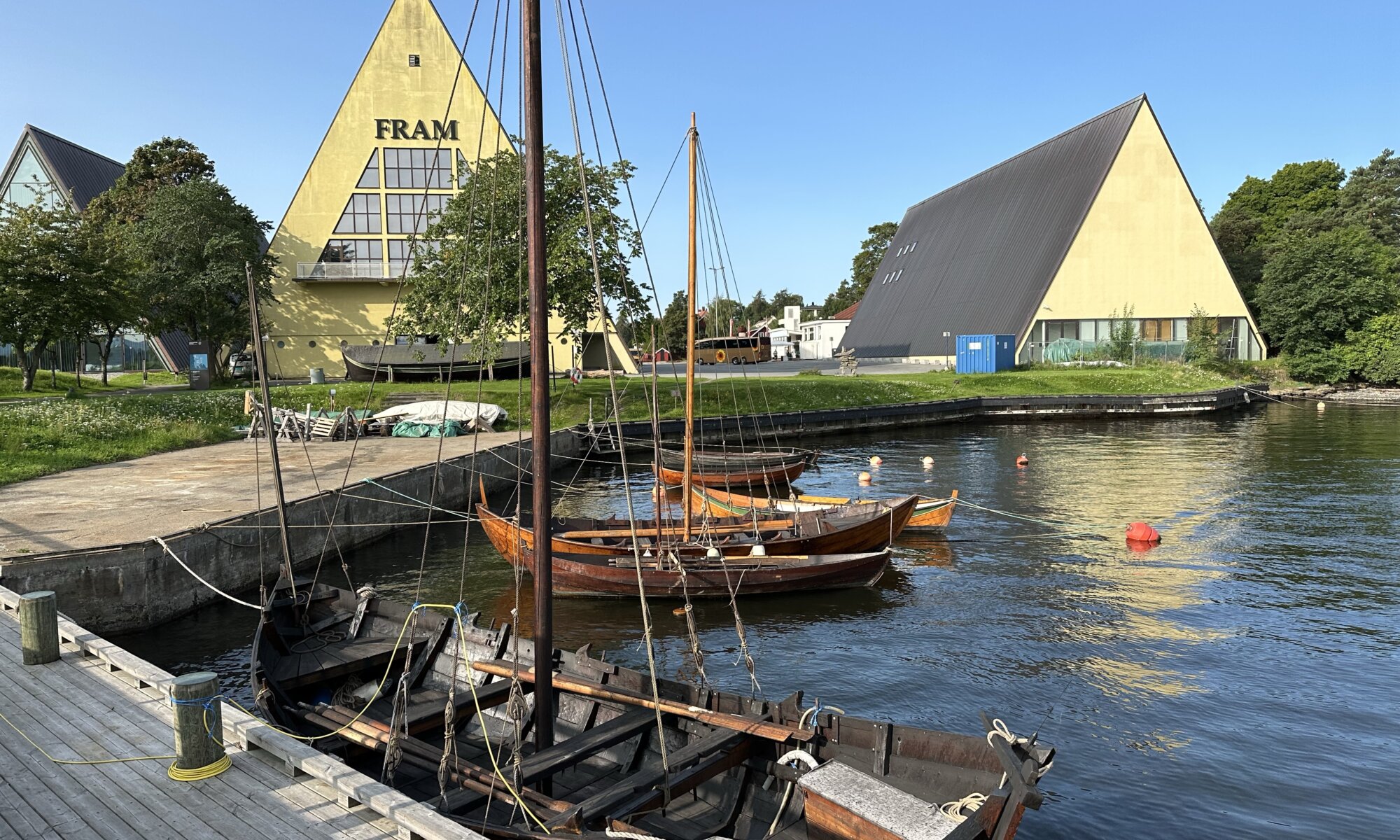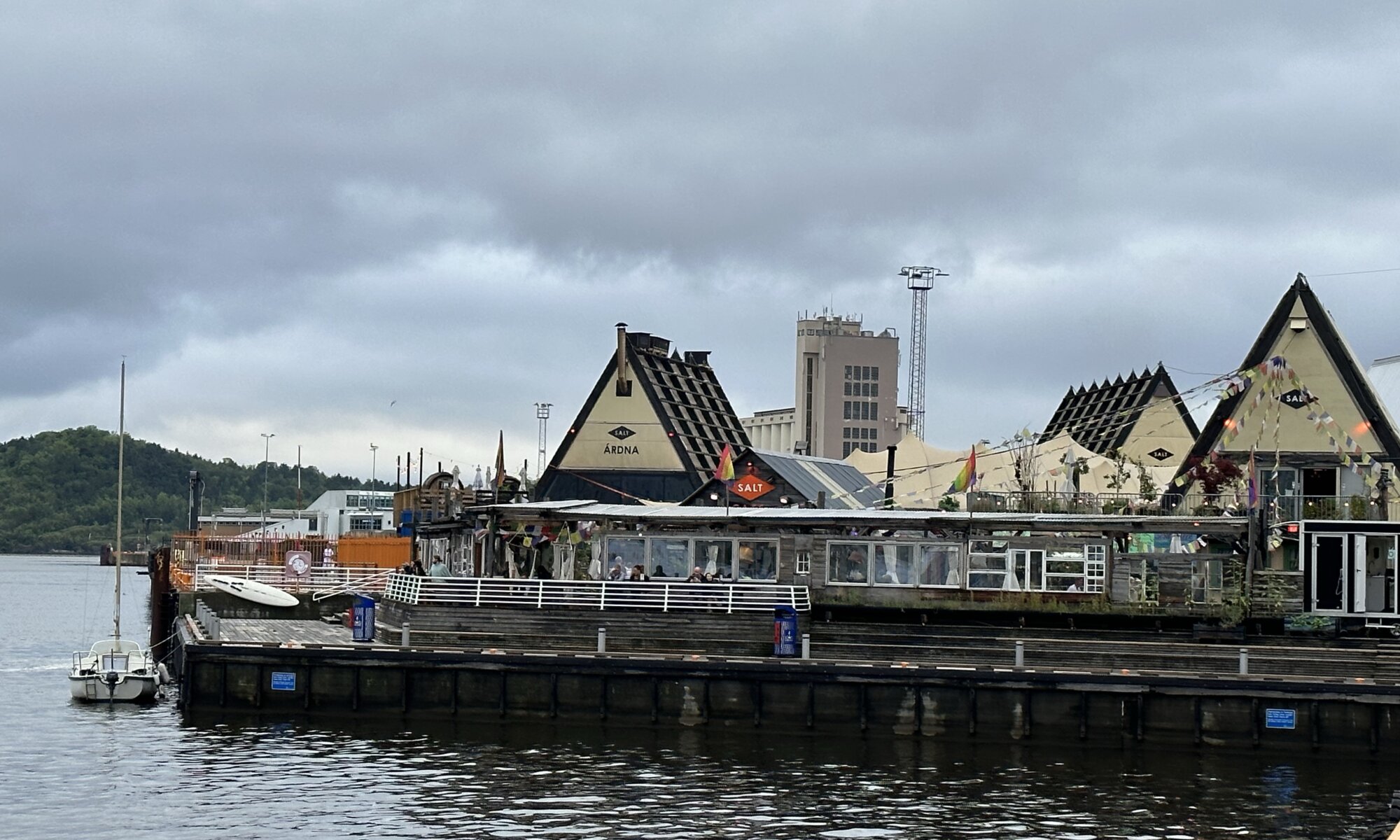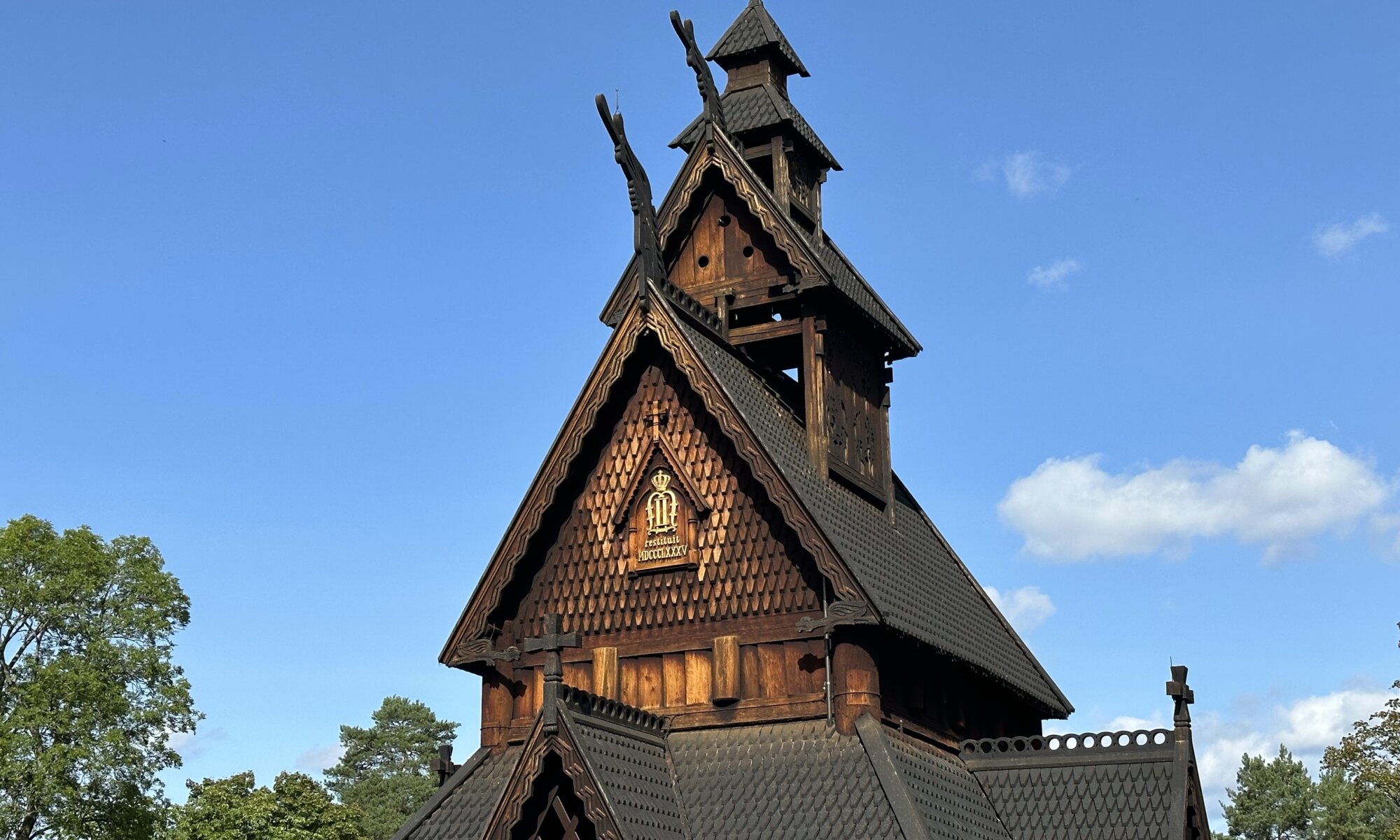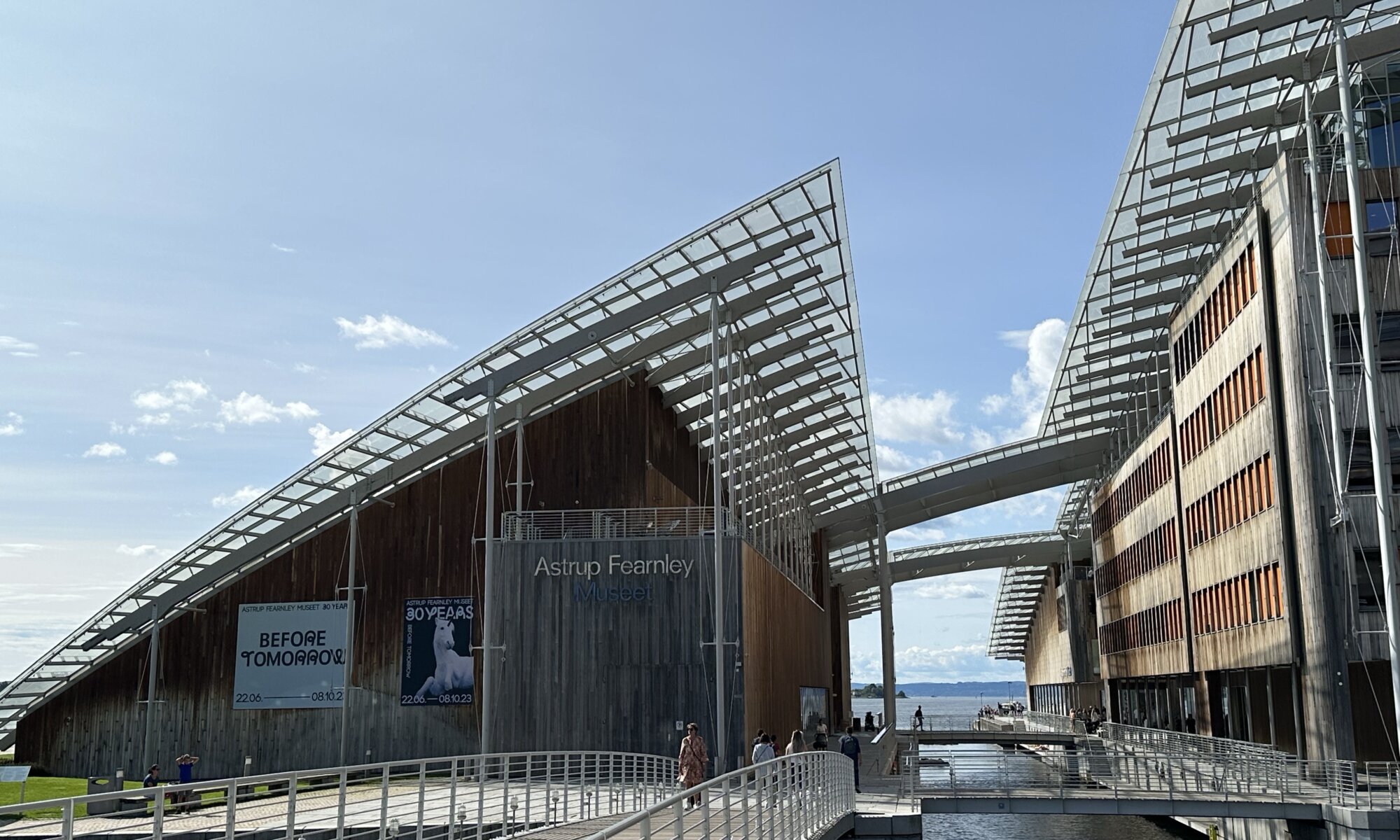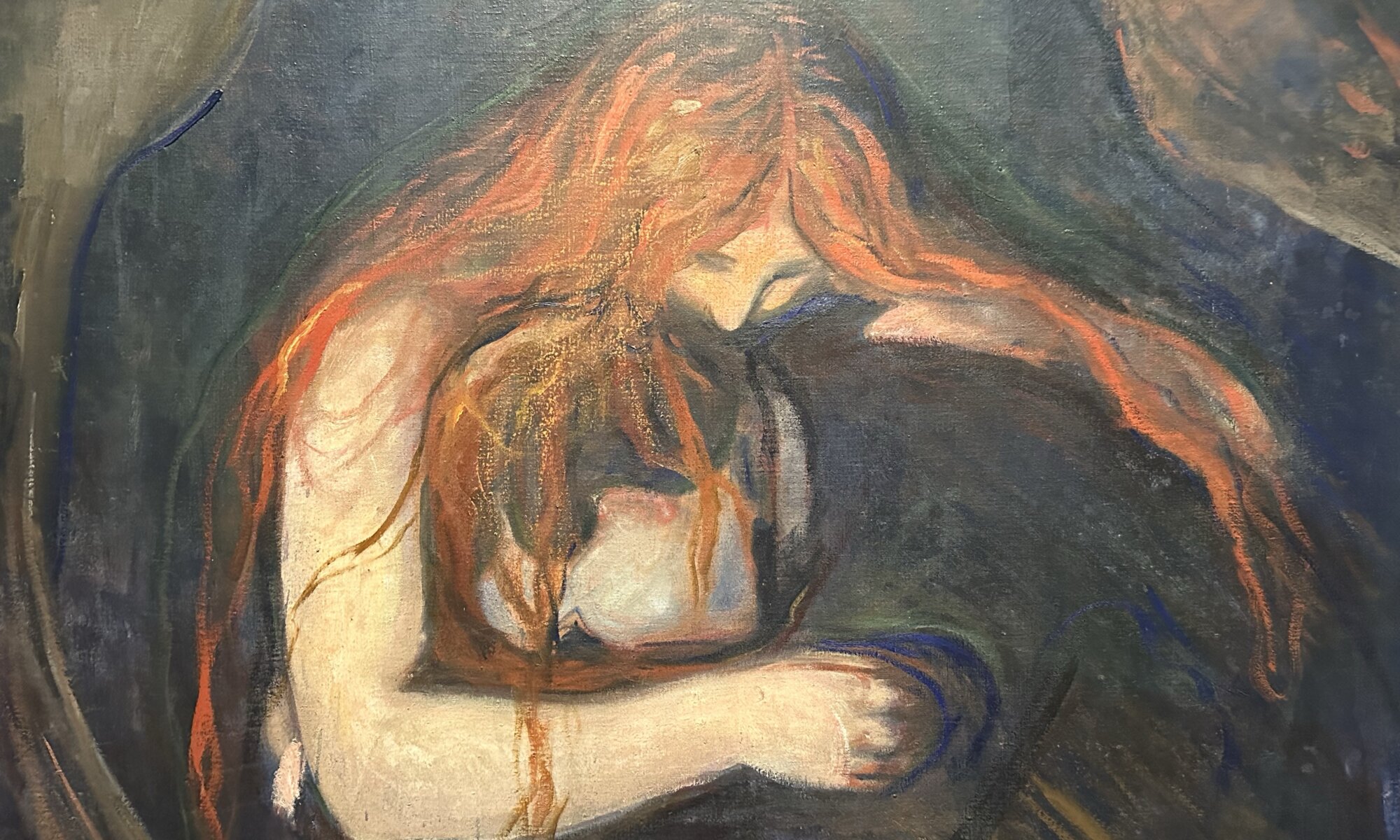The Ekebergparken is a mountain park in the southeast of Oslo on the Ekeberg mountain. Within the mountain park you will find more than 40 sculptures and artworks; some contemporary, some from old masters (like Auguste Renoir, Salvador Dalí and Gustav Vigeland). It was opened in 2013 and shall be extended to up to 80 sculptures. The park is owned by the city of Oslo but financed by art collector Christian Rignes. You can come here for a nice walk to enjoy the beautiful nature and the amazing views on the city – but the contemporary artworks are also a great attraction.
Continue reading “Ekebergparken”Saga
Unsure how to spend an evening at Oslo? If you like movies, the city offers you different cinemas. One of them is the Saga which you can find in the Stortingsgata, directly next to the Nationaltheatret (and which is there-by very easy to reach). What helps you here is that movies in Norwegian cinemas are typically shown in English language with Norwegian subtitles – that is probably also why so many Norwegians know English so well. The Saga cinema was already opened in 1934 and is the most important cinema for children and families in the city.
Continue reading “Saga”Nasjonalmuseet
Close to the Rådhuset of Oslo and next to the Nobel peace price center you can find the wonderful building of the Nasjonalmuseet for kunst, arkitektur og design. A combination of different collections formed in 2003 and exhibited in a brand new museum building opened in 2022. You can learn about Norwegian design and architecture, but most people will go there for the massive collection of paintings by Norwegian and international artists (the Nasjonalgalleriet). It includes works of artists like Matisse, Picasso, van Gogh and Monet.
Continue reading “Nasjonalmuseet”Holmenkollen
Whether you know ski-jumping well or not, you will typically have heard about the Holmenkollen mountain at Oslo, Norway. On top of it there is the famous Holmenkollbakken ski-jumping facility, an impressive building worth visiting even if there is now snow and nobody is flying on ski down the mountain. Since 1892 ski-jumping is practiced there and a lot of championships where decided on this mountain – including the Winter Olympics of 1952. The facility was renovated 19 times and after the renovation works in 2010 it now houses 70,000 spectators.
Continue reading “Holmenkollen”Kunstsenter
To reach the Henie Onstad Kunstsenter (HOK) you need to leave Oslo and and travel ten kilometres to the city of Høvikodden – an easy travel by bus #160 that you shouldn’t avoid. In a building with great views on the fjord changing exhibitions and art performances take place. The museum was opened in 1968 by shipping company owner Niels Onstad and his wife, Olympic champion Sonja Henie. The collection focusses on modern art and exhibits works of artists like Joseph Beuys or Christo; but the 4,000 works large collection also includes works by Henri Matisse and Pablo Picasso.
Continue reading “Kunstsenter”Seafaring island
Norway and Oslo are for sure connected to seafaring. But you don’t need to only think about the Vikings: there have also been polar expeditions starting from there and other crazy adventures with Norwegian participation took place. To learn about this part of Norwegian history you should visit the museum half-peninsula Bygdøy: it hosts three museums in one place; the Frammuseet, Kon-Tiki Museum and the Norsk Maritimt Museum.
Continue reading “Seafaring island”SALT
When you’re walking from the Operahuset of Oslo along the fjord and the Langkaia road you will see an improvised cultural center with pyramid shaped houses, the SALT. It is a nomadic art project created in 2014 that was already set-up at Nordland and Bergen, currently it can be found at Oslo. The current allowance guarantees its perfect location until 2027, but you never know whether it is going to be extended. It hosts six stages used for a colorful mix of art and different food trucks; you can order drinks and food via smartphone and they get delivered to the tables next to the water.
Continue reading “SALT”Stave church
Norwegian stave churches are awesome: multi-level wooden, medieval churches; highly decorated and realized in a special ‘post and lintel’ structure. You can find them throughout Norway and there are only two ones outside the country: one in Hedared, Sweden and one which was moved to Karpacz, Poland. If you want to discover one at Oslo, you should visit the Folkemuseet on Bygdøy island. It is an open-air museum exhibiting buildings from all regions of Norway. The stave church there was relocated from Gol in the Viken province of Norway.
Continue reading “Stave church”Astrup Fearnley
The Astrup Fearnley Museum of Modern Art is a must-see at Oslo for architecture lovers as well as for fans of contemporary art. But even if you would only love to enjoy great views on the neighboring Aker brygge neighborhood, have lunch at the museum restaurant or swim in the fjord at the beach in front of the museum – it is only a short walk from the city center and very worth to be done. The museum was founded in 1993 financed by the descendants of the Fearnley shipping family. The current building at the shore was opened in 2021.
Continue reading “Astrup Fearnley”Munch
Edvard Munch was a famous Norwegian painter, maybe the most important of all times. He was born in 1863 and died in 1944 at Oslo, the city he had already grown-up at. His work focusses on humans and their emotions, the maybe best-know painting is Skrik (or The Scream). It was painted in 1893 and four versions exist: two in paint, two in pastels. One of these four is privately owned, but the other three can all be seen at Oslo: one at the Nasjonalmuseet, two of them at the fantastic Munchmuseet directly next to the Operahuset. They are a real attraction for the city and people squeeze in front of them in large crowds.
Continue reading “Munch”